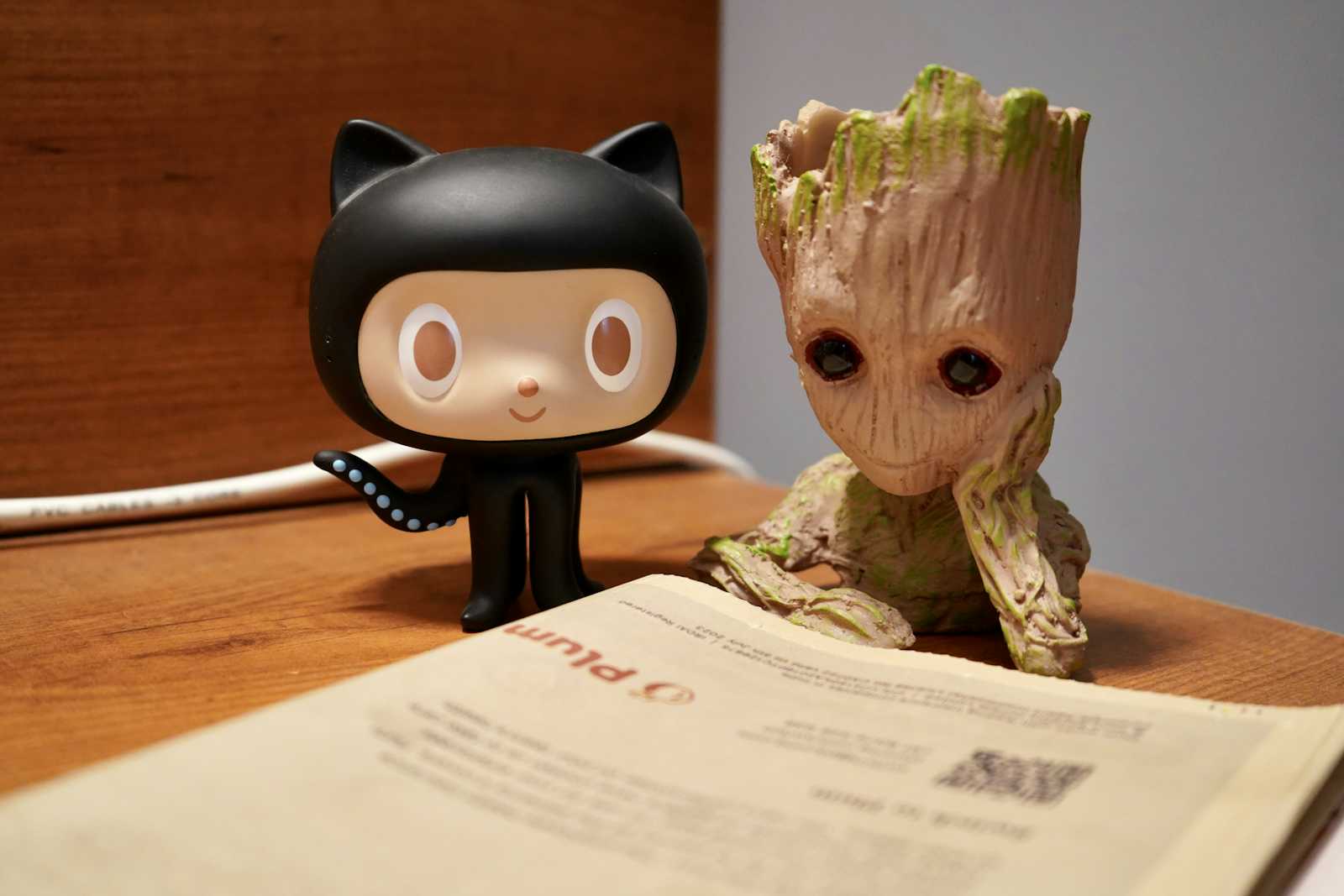Why GitHub is Important Even for Beginners and First-Time Developers
 Cindy Kandie
Cindy Kandie
Life Update
As we approach the end of the year, I'm delighted to share that amid our crazy coding endeavours, I was placed among the top 200 GitHub contributors in Kenya. This has indeed added an extra sparkle to the holiday season.
What a lovely testament to the incredible journey we've had this year, filled with coding triumphs and learning moments.
Introduction: Navigating the GitHub Journey
Do you have a GitHub account? How often do you find yourself navigating its repositories? How often do you push to repositories on GitHub? Is the experience a hassle or a delight? Today, let's delve into my perspective on why GitHub holds tremendous value for developers, regardless of their expertise level. It's not merely a code repository; it's a potential goldmine for your coding journey, acting as both a haven for your code and a showcase for your skills.
The Three Main Things You Need to Know to Start Pushing to GitHub
Initiating Your Repository: Create a repository, your virtual space on GitHub. This serves as the foundation for storing and organizing your code. All the necessary commands are provided on GitHub as soon as you create a new repository.
Staging Changes with Git on Your Local Machine: Utilize the
git initandgit add .commands to prepare your changes for commit, effectively signaling GitHub about the modifications you want to include in your next update.Committing Changes: After staging, commit your changes using
git commit -m "Your Commit Message"to officially save the modifications to your local repository.Connect to your remote repository with
git remote add origin <repository URL>. Finally, push your code to GitHub withgit push -u origin master.
Additional Resources for Learning
Check out this cheatsheet PDF that you can use to delve deeper into GitHub commands and functionalities: GitHub Education - Git Cheat Sheet
Showcasing Your Skills through Sample Code
One of the most significant advantages of a GitHub account is the ability to curate and exhibit your coding expertise. By housing your projects on GitHub, you automatically create a public portfolio showcasing your coding capabilities.
It's a fantastic opportunity to display sample code, projects, or contributions that demonstrate your skills to potential employers or collaborators.
Demonstrating Experience and Understanding
An active GitHub account speaks volumes about your coding journey. It's a tangible record that you've been writing and managing code in the trenches.
Companies recognize the value of this firsthand experience, appreciating candidates who grasp the significance of version control systems like Git and comprehend the collaborative nature of modern development. This is one of the main lessons I learnt from BootCamp.
Collaboration and Open Source Opportunities
GitHub isn't just about individual projects; it's a thriving community hub for collaboration. It enables developers to collaborate seamlessly, irrespective of project size.
Whether it's a small project or contributing to a massive open-source entity, GitHub fosters an environment where developers unite, share knowledge, and collectively enhance their coding prowess.
Open source projects, in particular, offer a treasure trove of code that you can clone, explore, and learn from, enriching your coding journey.
Creating Your First GitHub Account and Pushing Your First Project
Sign Up for GitHub: Visit github.com and sign up for an account. It's free and straightforward, requiring basic information. Bonus: It's quite fun.
Create Your First Repository: Once logged in, create a new repository by clicking the "New" button. Give it a name and description. Build the project and harbour it on GitHub.
Initialize and Push: In your local terminal, navigate to your project directory. Initialize Git with
git init. Add your files usinggit add .Commit changes withgit commit -m "Initial commit". Connect to your remote repository withgit remote add origin <repository URL>. Finally, push your code to GitHub withgit push -u origin master.For a more detailed guide, check this out: GitHub QuickStart
Conclusion
In the spirit of the Christmas season and the imminent arrival of the New Year, let's pause for a moment of reflection.
Just as each line of code contributes to our projects, every shared experience and collaboration enriches our coding community.
As we bid farewell to this year, let's welcome the promise of new beginnings and coding adventures that await in the coming year.
May your GitHub repositories shine bright like Christmas lights, filled with the warmth of achievements and the glow of shared knowledge.
Here's to a season of joy, gratitude, and the anticipation of a brand-new chapter in our coding journeys.
Happy coding. See you on the next one!
Subscribe to my newsletter
Read articles from Cindy Kandie directly inside your inbox. Subscribe to the newsletter, and don't miss out.
Written by

Cindy Kandie
Cindy Kandie
Overly ambitious dev hoping it pays off, bet you relate...